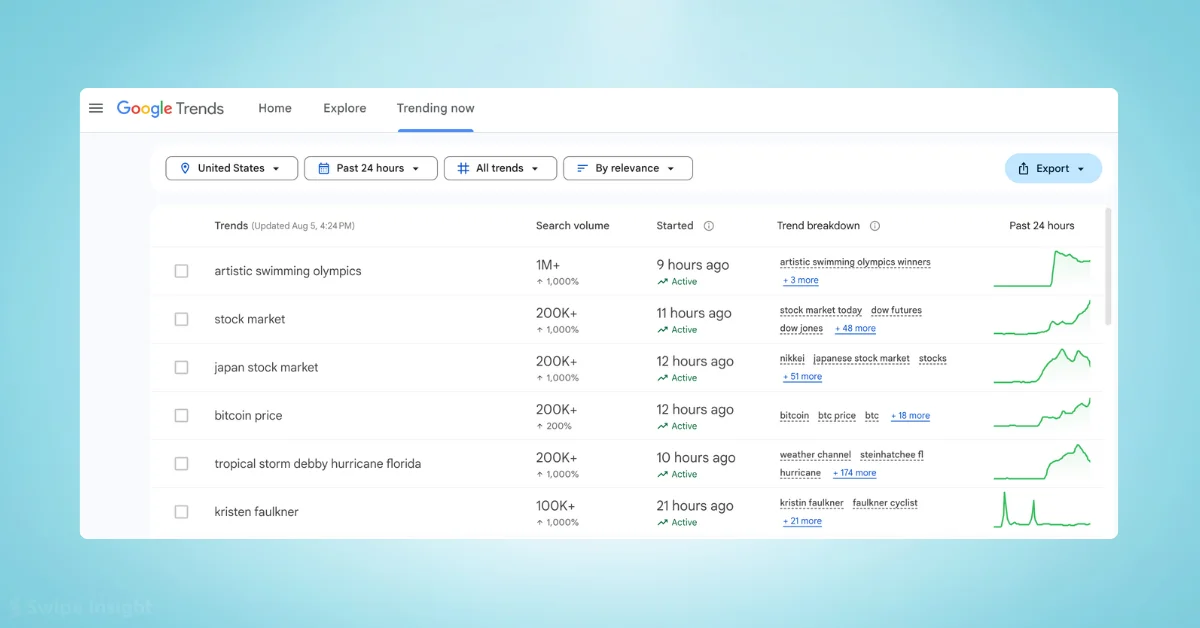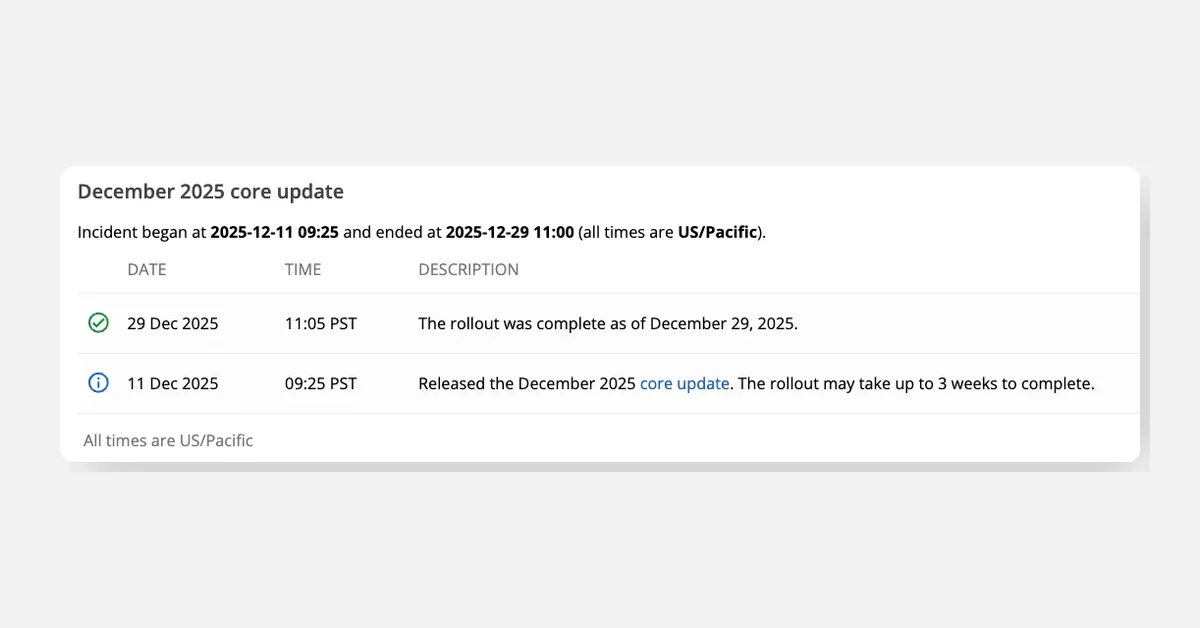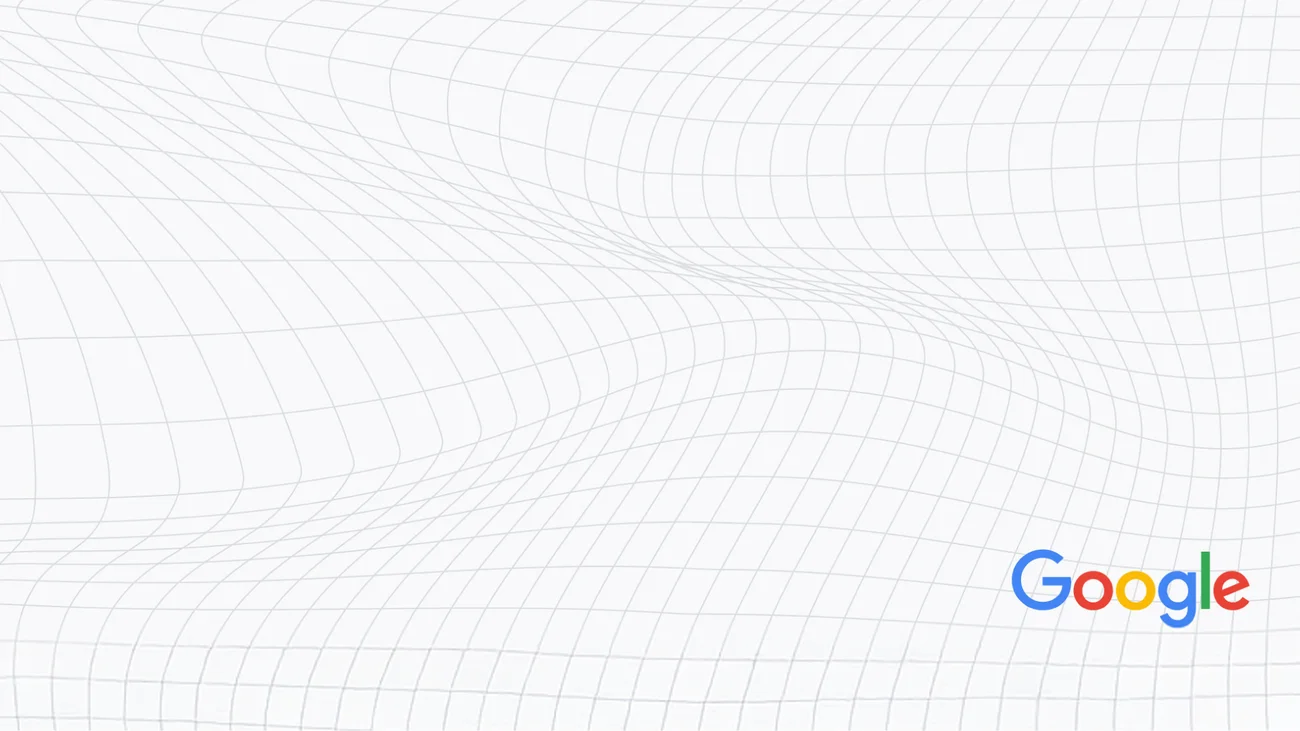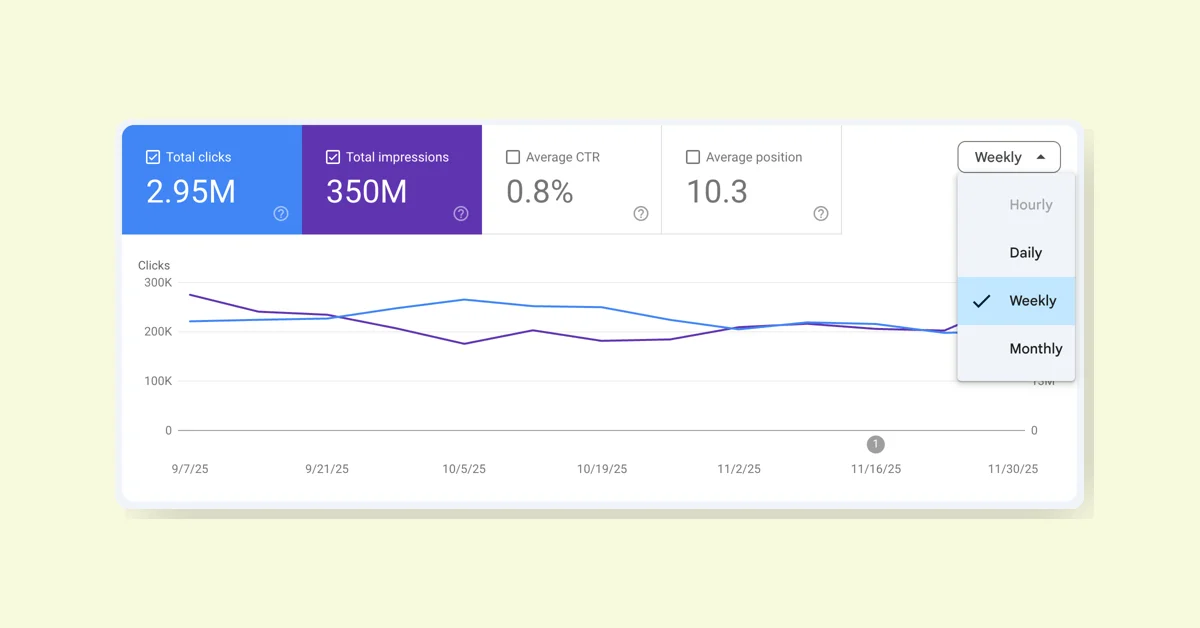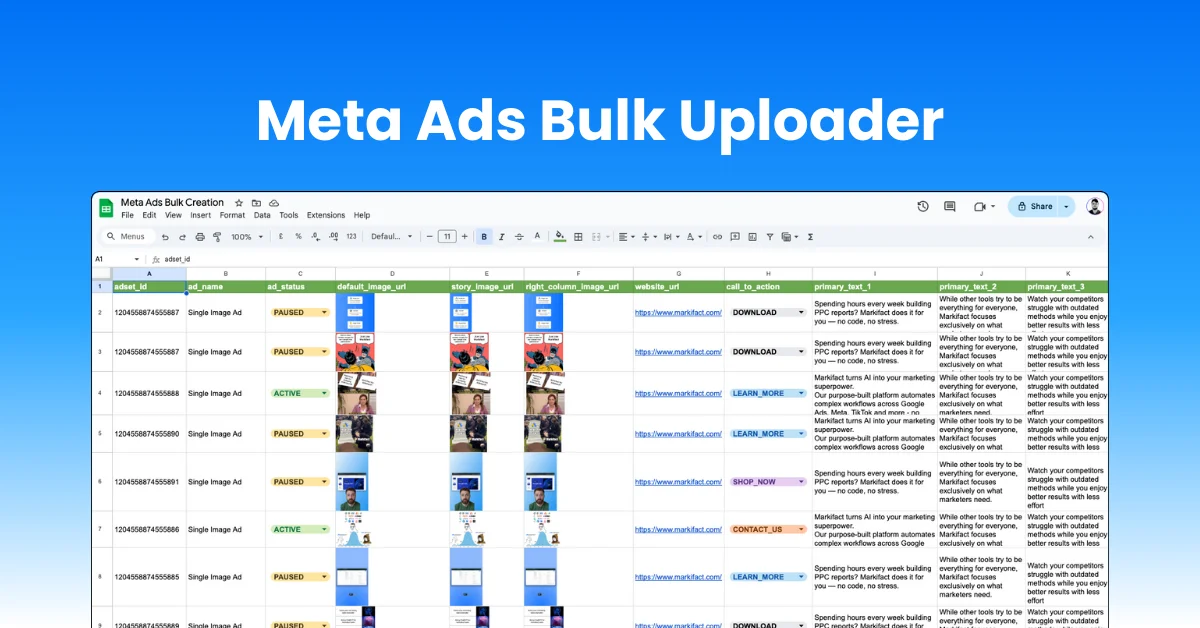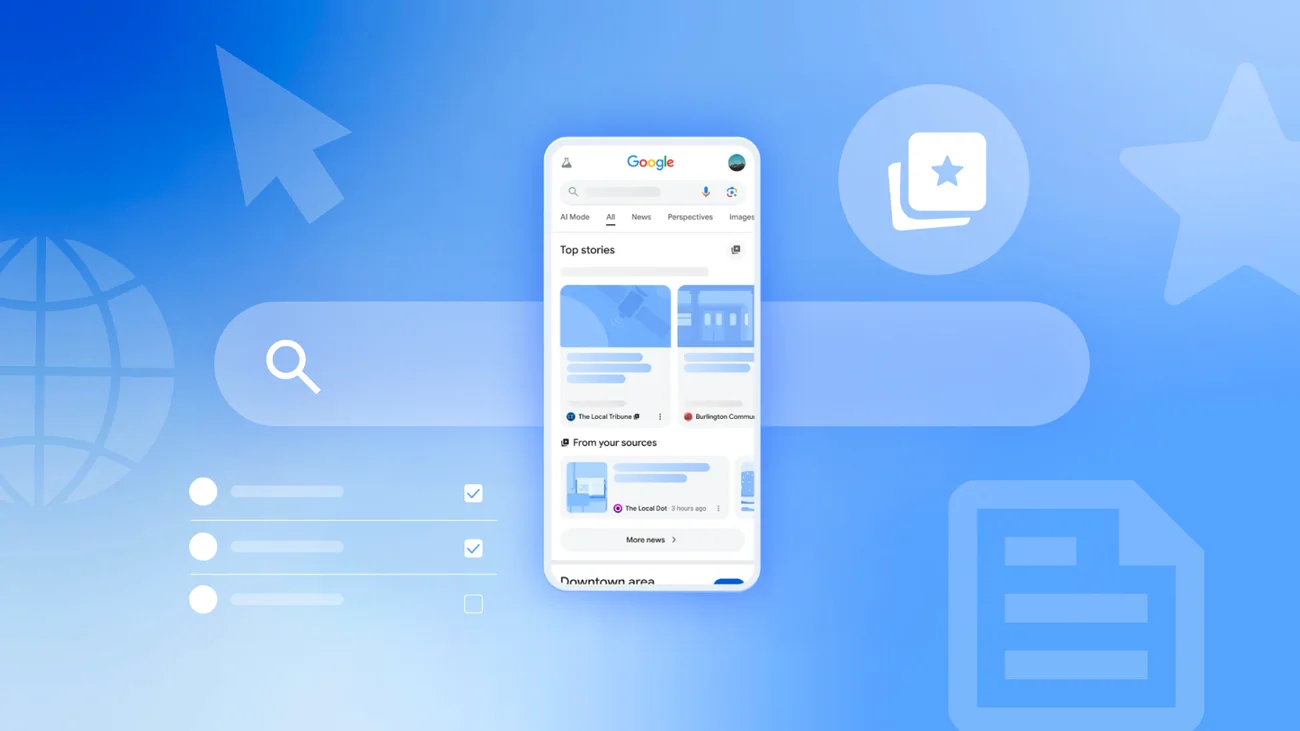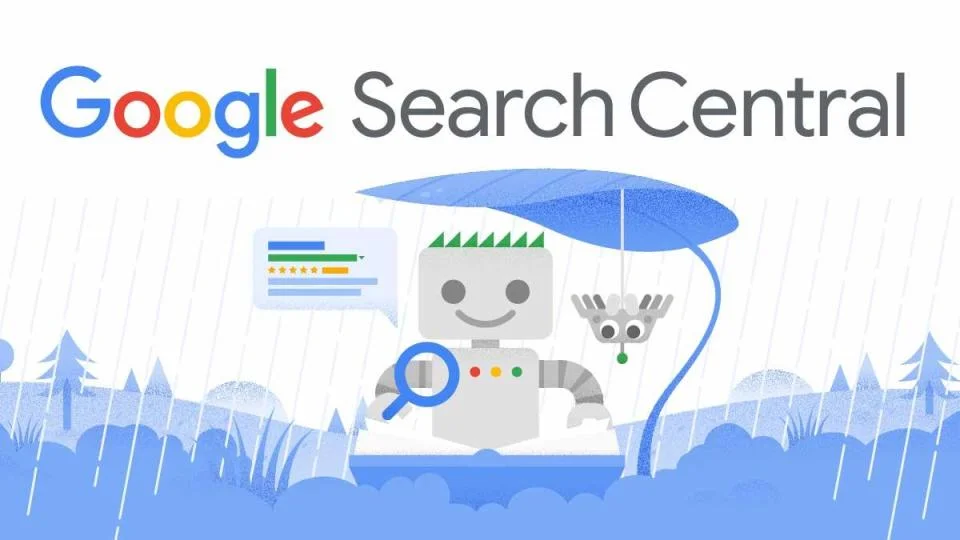Google has rolled out a significant update to its Google Trends platform, introducing a new look in the Trending Now tab and several improved functionalities. This redesign aims to provide users with more detailed and customizable trend data.
Key Features of the New Google Trends
Expanded Time Range Options: Users can now analyze trends from the last 24 hours up to 7 days, offering more granular short-term data.
Improved Sorting: Trends can be sorted by relevancy, allowing for more focused analysis.
Active Trend Status: A new feature enables users to set and view active trend statuses.
Multi-Query Breakdown: The platform now supports trend breakdowns with multiple queries, facilitating more complex comparisons.
Search Volume Insights: Each trend now displays its search volume, providing context for its popularity.
Increased Results Per Page: Users can view up to 50 trends per page, streamlining the browsing experience.
Export Functionality: Trend topics can now be exported, enhancing data portability and further analysis.
User Observations and Queries
Some users have noted that the option to check category-wise trends appears to be missing in the new interface. The reason for this change is currently unclear.
In response to user queries about missing features, John Mueller from Google advised users to submit feedback using the link provided at the bottom of the Google Trends page. This suggests that Google is open to user input for further improvements.
Implications for Users
These updates significantly enhance the utility of Google Trends for marketers, researchers, and analysts. The ability to analyze more recent data, compare multiple queries, and export results offers new opportunities for insight generation and trend tracking.
As users adapt to the new interface, their feedback, particularly regarding features like the missing category-wise trend option, may shape future updates to the platform.
Google's continued refinement of Trends demonstrates its commitment to providing valuable, real-time insights into search behavior and public interest trends.
